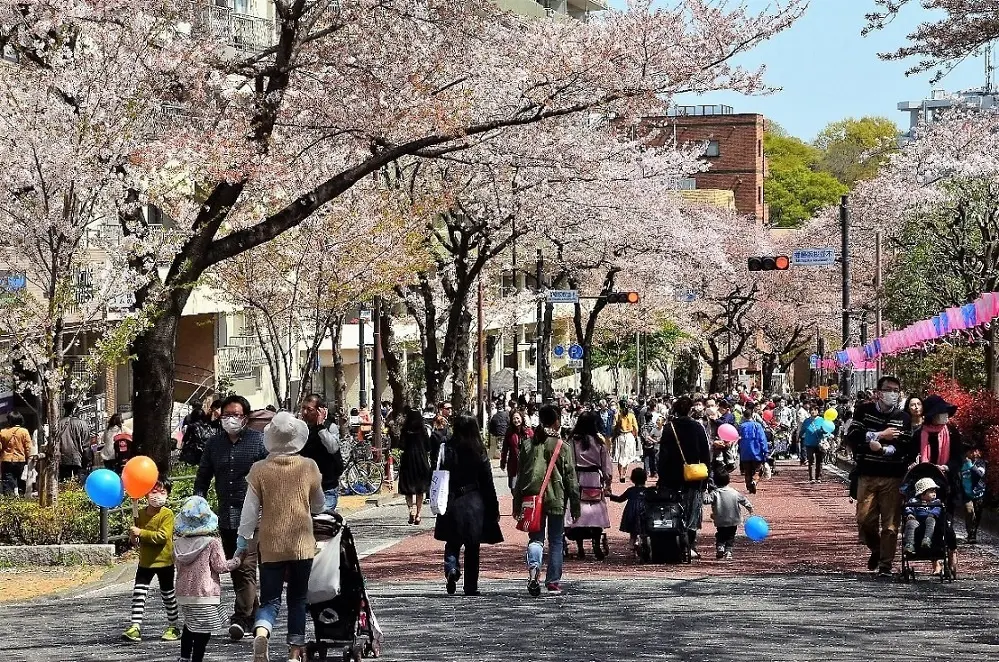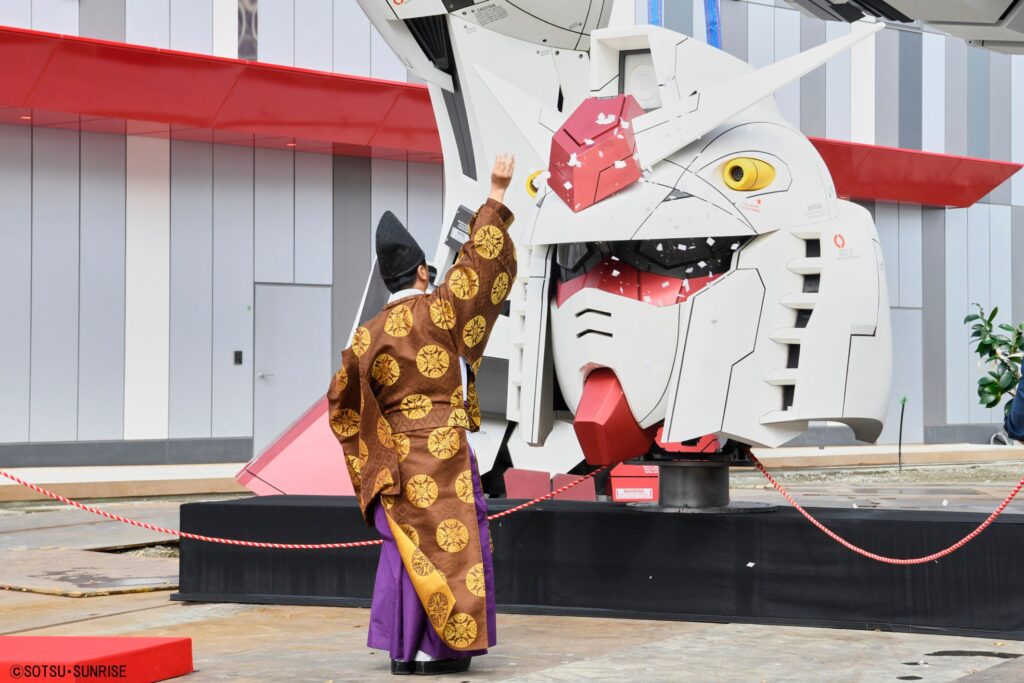Otaru replaces Dazaifu as national heritage site in unprecedented move
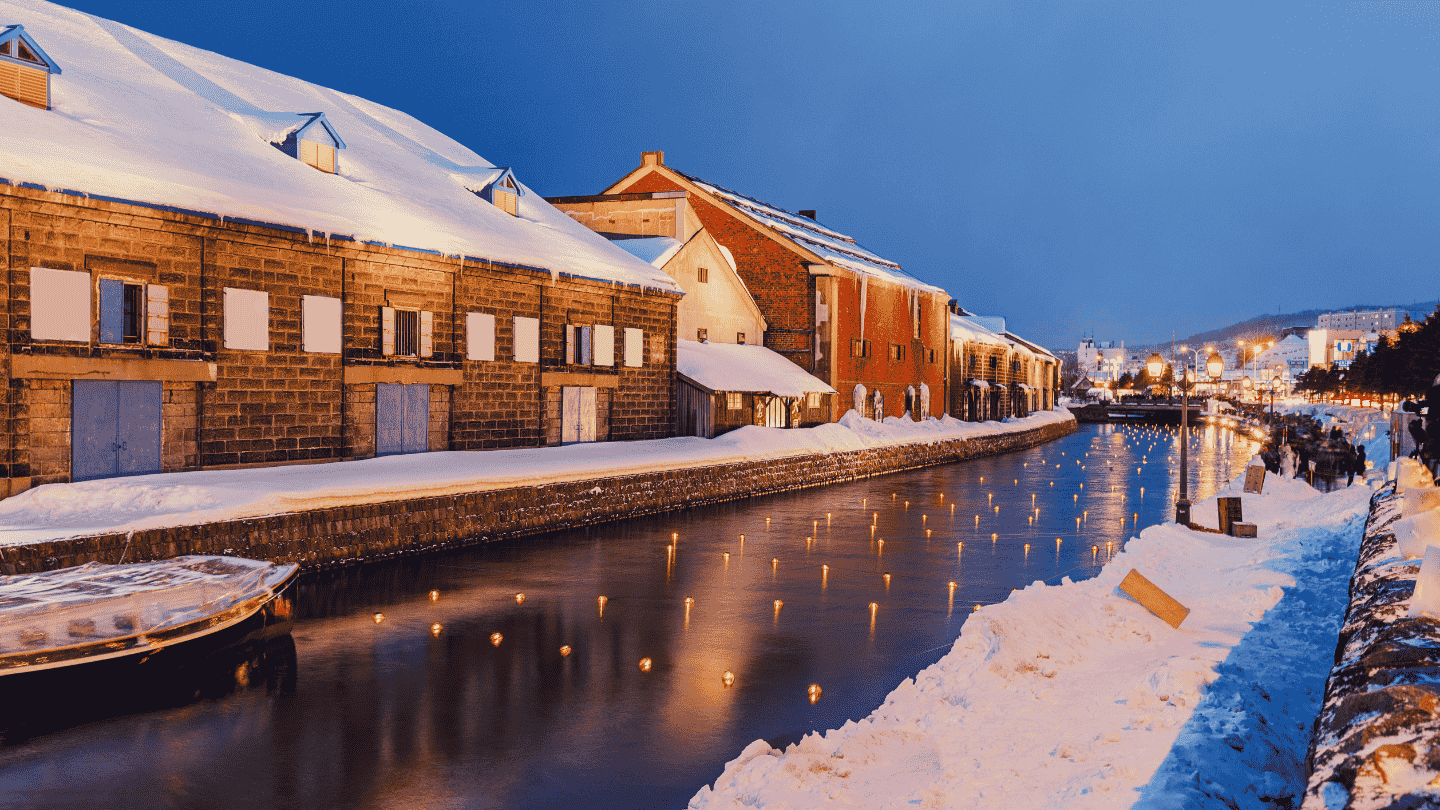
Japan’s Agency for Cultural Affairs has made a significant decision, removing “Ancient Japan’s Western Capital” in Fukuoka Prefecture from the prestigious Japan Heritage list.
This marks the first time a region has been decertified since the program’s inception in 2015.
Japan’s “Ancient Western Capital” covers a number of different cultural assets scattered across the cities of Chikushino, Kasuga, Onojo, Dazaifu, Nakagawa, and Umi in Fukuoka Prefecture, as well as the town of Kiyama in Saga Prefecture.
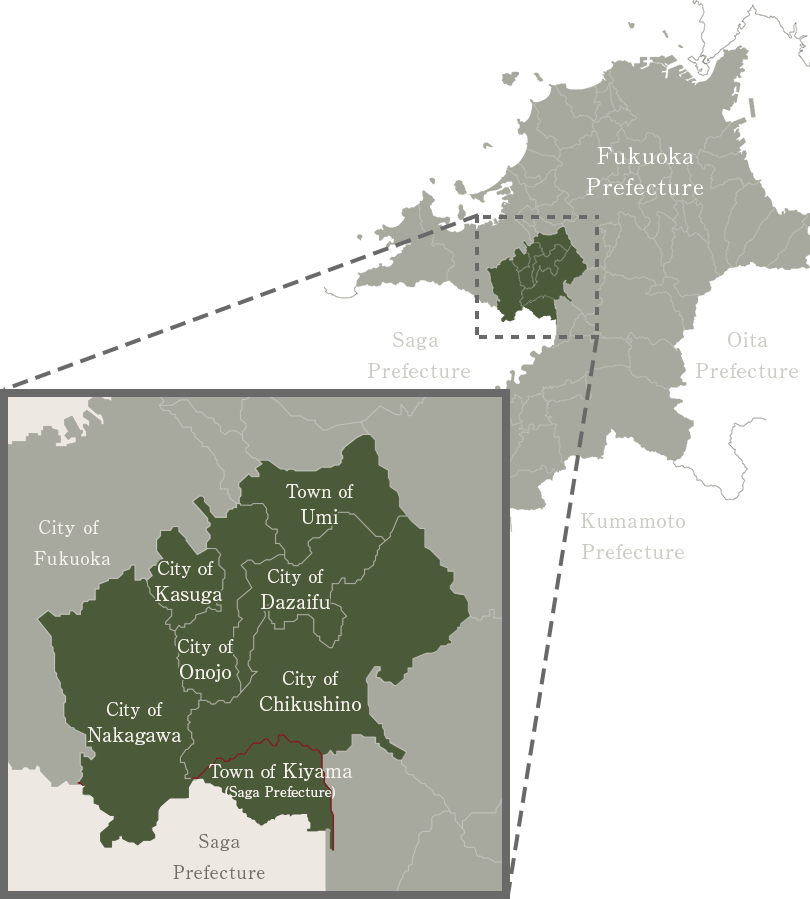
Japan Heritage, a program designed to revitalize regional tourism, recognizes and certifies unique historical and cultural stories within each region. Several key areas/sites of interest are often grouped together with an overarching story based on the areas history to create a national heritage experience.
With a limit of approximately 100 designated sites, the program had initially certified 104 regions by 2020.
However, recognizing the uneven level of engagement across these regions, the Agency for Cultural Affairs introduced a scoring system this year to evaluate and potentially replace underperforming sites.
“Ancient Japan’s Western Capital”, which is centered around the ruins of the ancient Dazaifu government office, was ultimately removed from the list.
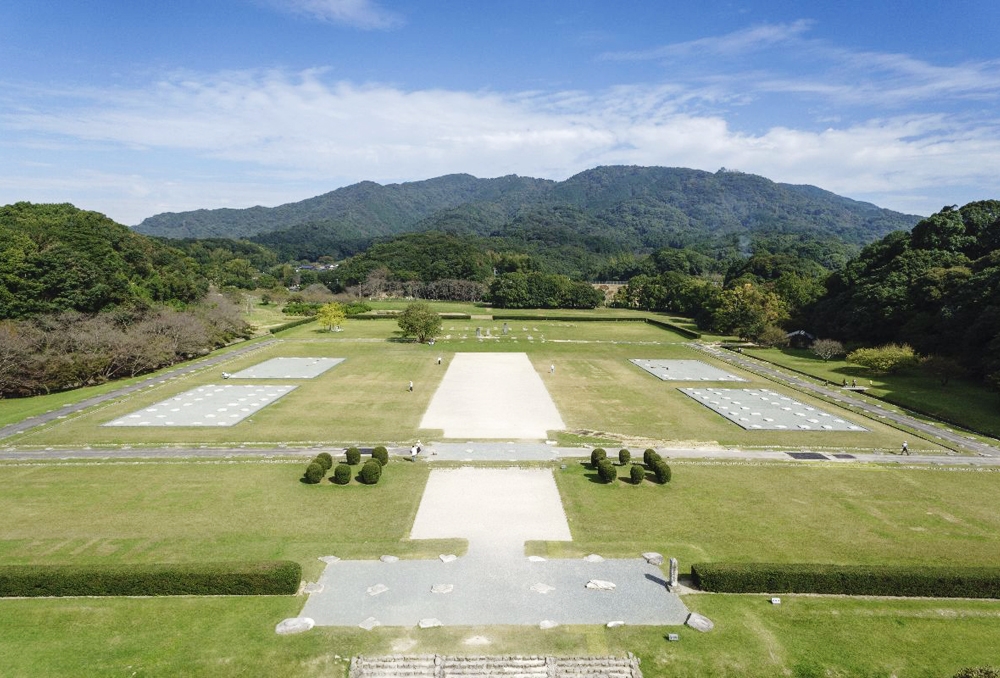
Despite attracting visitors to Dazaifu Tenmangu Shrine, a key cultural property within the designated area, the site received a low score of 31 points out of a possible 42.
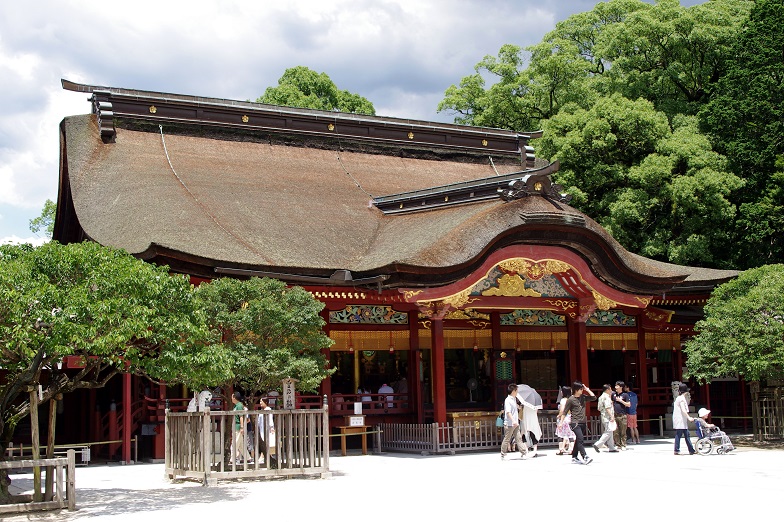
Critics pointed to a lack of visitor engagement with the core narrative of the region’s history, insufficient guidance towards other cultural assets, and limited public awareness among local residents.
Following decertification, “Ancient Japan’s Western Capital” will be reclassified as a “candidate area,” losing eligibility for national subsidies to support cultural property repairs and human resource development. However, the region will have the opportunity to reapply for certification in future evaluations.
In contrast, four regions were recognized for their exceptional efforts.
Otaru, the city known as the “heart of Hokkaido” received a high score of 40 points for its compelling narrative of urban revival and was subsequently certified as a Japan Heritage site.
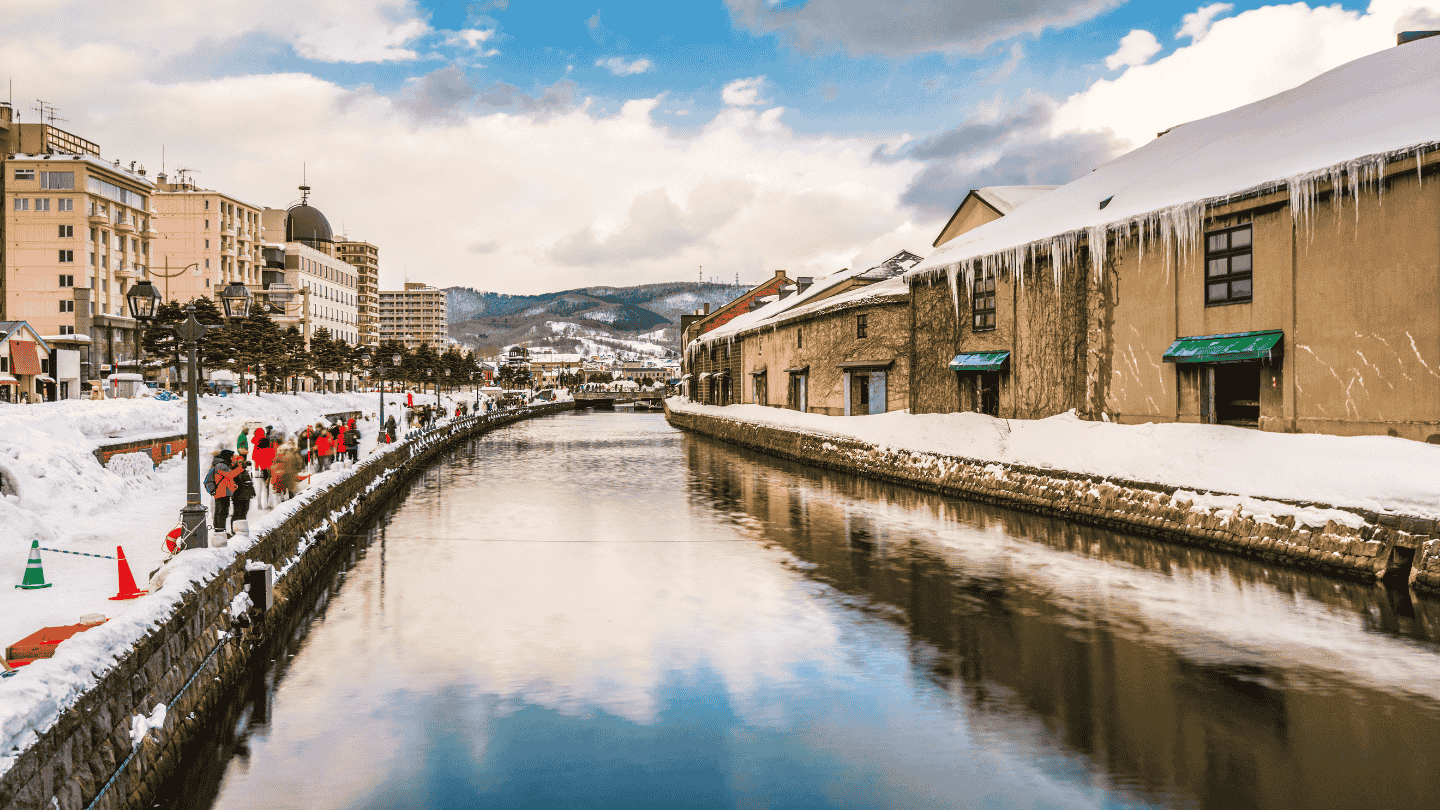
Three other heritage sites/areas – “Mt. Mitoku and Misasa Hot Springs Thrills and Spills: An Exciting Climb and Healing Hot Springs” (Tottori Prefecture), “A Ruthless Warlord’s Spirit of Hospitality” (Gifu Prefecture), and “The Ancient Guidebook of Tsuwano” (Shimane Prefecture) – were previously deemed to have insufficient efforts but have since demonstrated significant progress.
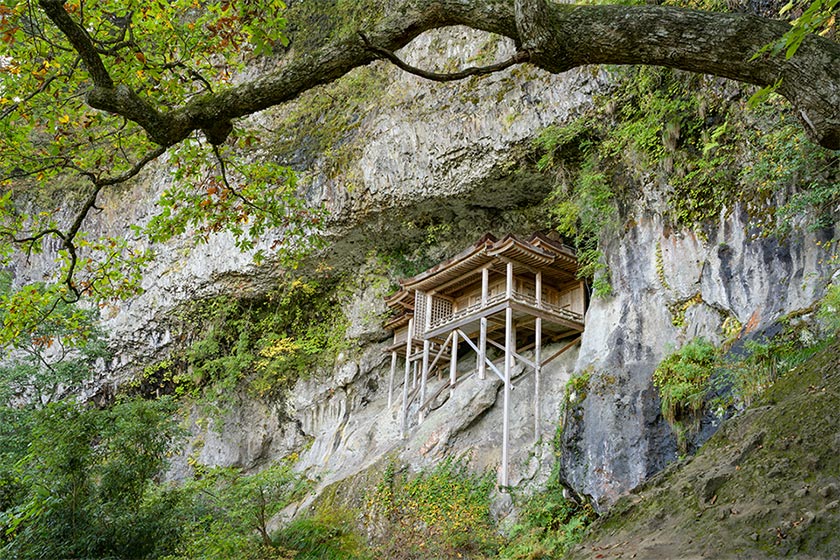
These regions have been designated as “areas of priority support,” the second-highest level of recognition within the Japan Heritage program.
The decision to downgrade an area from the Japan Heritage list underscores the importance of ongoing engagement and commitment from the designated regions to maintain their Japan Heritage status and continue to contribute to the revitalization of local communities and tourism.
The door is not completely closed on “Ancient Japan’s Western Capital” returning to the main Japan Heritage list as if sufficient efforts to improve promotion of the areas cultural assets are made, the area may be promoted to the list again in the future.

